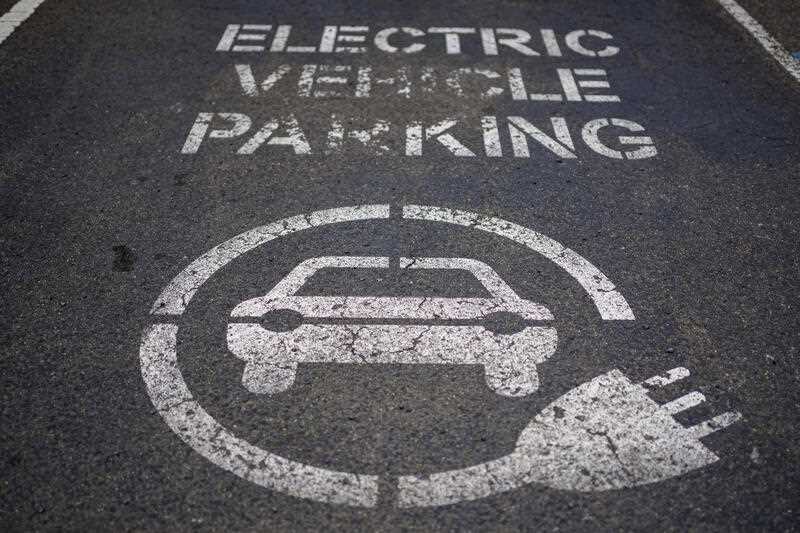Five months from now, every garage in every new apartment building in Australia must be ready to power an electric vehicle.
The change, part of national construction laws, is designed to future-proof residential units and ensure the growing legion of electric car drivers can plug in and recharge at home.
But the reform is also likely to put pressure on existing apartment owners, whose homes could drop in value if they fail to keep up with progress.
Planning for this change needs to start now, experts warn, to give owners time to raise funds, plan potentially tricky upgrades and avoid missing out on a thriving rental market.
Changes to the National Construction Code will become mandatory in October after being passed into law last year.
The code requires all car parks in residential buildings to have access to electric vehicle charging infrastructure, although it stops short of mandating the installation of smart chargers.
Nicky Lonergan, managing director at strata management firm Archers, says while the change is a positive planning move for new buildings it’s a big challenge for older apartment blocks.
While some owners desperately want electric vehicle chargers in their garages, others are reticent to pay for the upgrade, she says, and risk falling behind the market.
“There are mixed views on who wants an electric vehicle charger but … the value of their existing dwelling is likely to be impacted if they don’t do something,” she said.
“It will impact people who are living in apartment buildings and who want to sell.”
Given the choice between buying an apartment with electric vehicle charging installed and another without it, Ms Lonergan says some buyers are choosing the former option already, affecting home values.
The issue is also impacting short-term rentals, she says, with many holidaymakers asking about EV chargers when they book accommodation.
“We want to get the word out there that even if committees think it’s not going to happen for another five years, it is,” she said.
“If you wait, there’ll be a short supply of good professionals out there to help you navigate that and you’ll already be two years behind the market.”
Electric vehicle sales in Australia have increased from 3.8 per cent of all new cars in 2022 to eight per cent of vehicles in April this year.
Electric Vehicle Council energy and infrastructure head Ross De Rango says sales are likely to soar by the end of the decade, increasing demand for home charging.
“By 2030, it would be fair to assume that something like 10 per cent of the cars on our roads may be plug-in electric,” he said.
“If the building car park is mainly newer cars though, it’s possible that 30 or 40 per cent of the cars in the building may be plug-in electric by 2030 – all of them belonging to residents looking to the owners’ corporation for a plan.”
Mr De Rango says building the infrastructure into new apartment buildings is a cheaper option as retrofitting older apartment buildings could be complex and costly.
Some government agencies are producing tools and offering grants to help bodies corporate plan for the transition, however, including the City of Sydney which will fund feasibility assessments for existing apartment blocks and the ACT government which offers grants for apartment upgrades.
The new National Electric Vehicle Strategy also promised to develop “tools and guidance” to assist in electric vehicle-charging upgrades.
Origin Energy eMobility general manager Chau Le says the issue has become a hot topic among building administrators, with “standing room only” at a recent seminar on the topic.
Interest in upgrading older buildings is particularly high, she says, though she warns apartment owners to avoid taking shortcuts and upgrading one garage at a time.
“It might be easier to let one resident put a charger in and then the next resident, but as soon as you have two or three you’ve used a lot of that building’s capacity and there’s none left,” she said.
“It’s about figuring out how to accommodate these few people at the moment while future-proofing the whole building.”
Upgrading an apartment building with electric vehicle distribution boards, a load-management system, cables and conduit to car parks, Ms Le says, can cost up to $200,000 and could require new bylaws and a special levy for apartment owners to cover the cost.
The investment could be an easy choice for those in high-value apartment complexes, Ms Lonergan says, while others may consider a less expensive option, like adding a shared electric car charger in a visitors’ car park.
“The whole process takes from six to 12 months,” she said.
“You’ve got to be thinking about it now.”
By Jennifer Dudley-Nicholson in Brisbane



